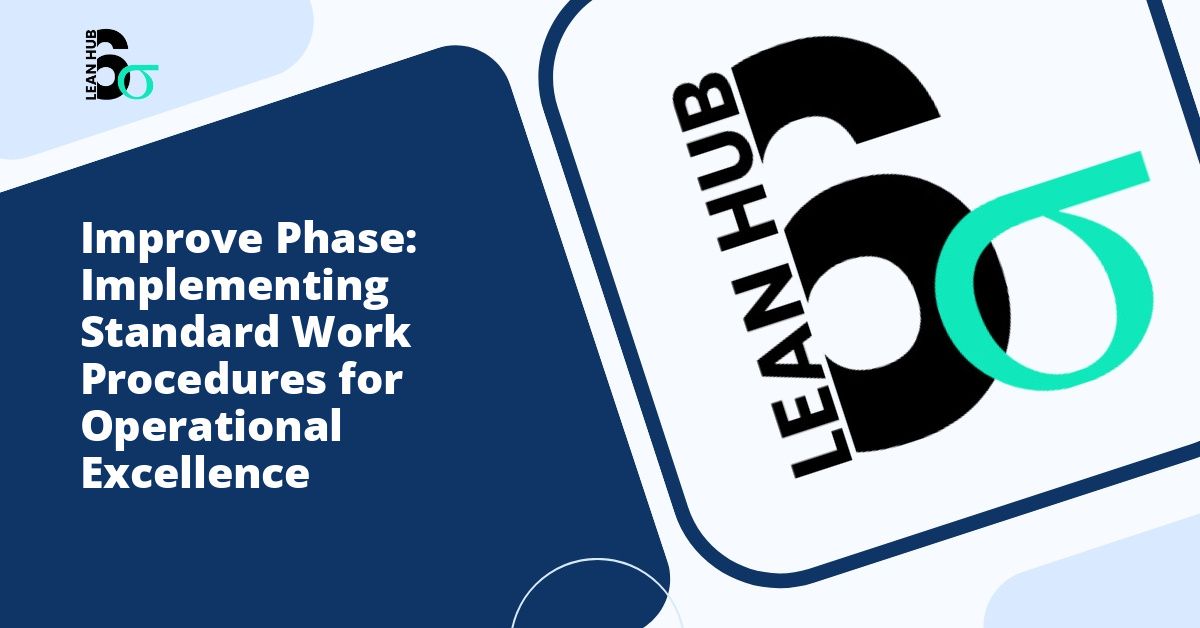Organizations frequently invest significant resources in pilot programs, only to struggle when attempting to scale these initiatives across their entire operations. The journey from a successful pilot to full implementation represents a critical juncture that can determine whether innovation transforms an organization or becomes another abandoned project. Understanding the key considerations for this transition can mean the difference between success and failure.
Understanding the Pilot to Implementation Gap
A pilot program operates in a controlled environment with dedicated resources, motivated participants, and close oversight. However, full implementation introduces complexity, diverse stakeholder interests, and the reality of organizational constraints. Research indicates that approximately 70% of pilot programs fail to scale successfully, not because the solution was flawed, but because organizations underestimate the challenges of scaling. You might also enjoy reading about 5S Implementation Guide: Organizing Your Workplace for Maximum Efficiency.
The transition requires more than simply replicating what worked in the pilot. It demands strategic planning, resource allocation, change management, and continuous adaptation. Organizations must recognize that scaling is not a linear process but rather an iterative journey that requires flexibility and resilience. You might also enjoy reading about Constraint Management: Improving Bottleneck Performance in Your Organization.
The Recognize Phase: Foundation for Scaling Success
Before moving from pilot to full implementation, organizations must thoroughly complete what many frameworks call the recognize phase. This critical stage involves identifying and acknowledging the current state of operations, understanding organizational readiness, and establishing baseline metrics for success. You might also enjoy reading about Pilot Study Duration: How Long to Test Before Full Rollout.
During the recognize phase, leadership teams should conduct comprehensive assessments that examine:
- Current organizational capabilities and resource availability
- Existing processes that may conflict with or support the new initiative
- Cultural factors that could facilitate or hinder adoption
- Technical infrastructure requirements for scaling
- Potential barriers and resistance points across different departments
This phase establishes the foundation for informed decision-making throughout the scaling process. Without proper recognition of these factors, organizations risk implementing solutions that cannot be sustained or that create unintended consequences.
Leveraging Lean Six Sigma Principles for Scalable Solutions
Organizations that successfully scale solutions often incorporate lean six sigma methodologies into their implementation strategy. These proven frameworks provide structured approaches to process improvement, waste reduction, and quality management that are essential for sustainable scaling.
Lean six sigma emphasizes data-driven decision-making and continuous improvement, both critical elements when expanding from pilot to full implementation. The methodology helps organizations identify variation in processes, eliminate inefficiencies, and standardize procedures across different departments or locations.
Key Lean Six Sigma Tools for Scaling
Several lean six sigma tools prove particularly valuable during the scaling process:
- Value Stream Mapping: Visualizes the entire process flow to identify bottlenecks and opportunities for improvement before scaling
- Statistical Process Control: Monitors variation and ensures consistency as the solution expands to new areas
- DMAIC Framework: Provides a structured approach (Define, Measure, Analyze, Improve, Control) for implementing changes systematically
- Root Cause Analysis: Addresses underlying issues rather than symptoms, ensuring solutions remain effective at scale
By integrating these tools into the scaling strategy, organizations create a systematic approach that reduces risk and increases the likelihood of successful implementation.
Critical Considerations for Successful Scaling
1. Resource Planning and Allocation
Pilot programs typically operate with dedicated resources that may not be available during full implementation. Organizations must realistically assess the financial, human, and technological resources required for scaling. This includes not only initial implementation costs but also ongoing maintenance, training, and support requirements.
Develop a comprehensive resource plan that accounts for phased rollout, allowing the organization to learn and adjust before committing all resources. This approach reduces risk while maintaining momentum toward full implementation.
2. Stakeholder Engagement and Communication
Successful scaling requires buy-in from stakeholders at all organizational levels. While pilot programs may succeed with support from a small group of champions, full implementation demands broader engagement. Create a communication strategy that addresses the concerns and interests of different stakeholder groups, explaining how the solution benefits them specifically.
Regular communication should include progress updates, success stories, and transparent discussion of challenges. This openness builds trust and maintains support even when obstacles arise.
3. Change Management Strategy
Resistance to change represents one of the most significant barriers to scaling success. A robust change management strategy addresses both the technical and human dimensions of implementation. This includes providing adequate training, creating support systems, and recognizing that adoption occurs at different rates across the organization.
Consider appointing change champions within different departments who can advocate for the initiative, address concerns, and provide peer support. These individuals bridge the gap between leadership vision and front-line reality, facilitating smoother adoption.
4. Standardization with Flexibility
While standardization ensures consistency and quality across the organization, successful scaling also requires flexibility to accommodate legitimate differences between departments, regions, or functions. Identify the core elements that must remain consistent while allowing for adaptation in areas where local context matters.
This balanced approach prevents the rigidity that can undermine adoption while maintaining the integrity of the solution. Document both standard operating procedures and acceptable variations to provide clear guidance.
5. Metrics and Continuous Monitoring
Establish clear metrics that track both implementation progress and business outcomes. These measurements should align with organizational objectives and provide actionable insights. Implement dashboard systems that make performance visible to relevant stakeholders, enabling rapid response to issues.
Beyond quantitative metrics, gather qualitative feedback from users and stakeholders. This information often reveals challenges and opportunities that numbers alone cannot capture.
Phased Implementation Approach
Rather than attempting organization-wide implementation immediately, consider a phased approach that allows for learning and adjustment. This might involve geographic phasing, departmental rollout, or functional implementation.
Each phase should include evaluation points where the organization assesses progress, identifies lessons learned, and makes necessary adjustments before proceeding. This iterative approach reduces risk while building organizational capability and confidence.
Building Sustainability into Implementation
Long-term success requires embedding the solution into organizational culture and processes. This involves integrating the new approach into performance management systems, training programs, and standard operating procedures. Without this integration, solutions often fade as attention shifts to new priorities.
Create mechanisms for ongoing support, including technical assistance, refresher training, and forums for sharing best practices. These support systems maintain momentum and address emerging challenges before they become significant problems.
Learning from Implementation Challenges
Even with careful planning, scaling efforts encounter unexpected obstacles. Successful organizations view these challenges as learning opportunities rather than failures. Establish processes for capturing lessons learned, sharing solutions to common problems, and continuously improving the implementation approach.
Regular review sessions with implementation teams, stakeholders, and end users generate valuable insights that strengthen the overall initiative and inform future scaling efforts.
Conclusion
Scaling solutions from pilot to full implementation represents a complex but manageable challenge. Success requires thorough preparation during the recognize phase, strategic application of methodologies like lean six sigma, and careful attention to organizational dynamics. By addressing resource requirements, engaging stakeholders, managing change effectively, and maintaining flexibility within standardized frameworks, organizations can successfully navigate this critical transition.
The journey from pilot to full implementation is rarely smooth, but with realistic planning, systematic execution, and commitment to continuous improvement, organizations can transform promising pilots into enterprise-wide successes that deliver lasting value. The key lies not in perfect execution but in thoughtful preparation, adaptive management, and persistent commitment to the vision that inspired the pilot program.








